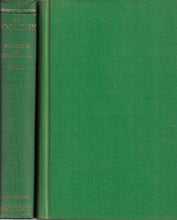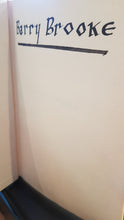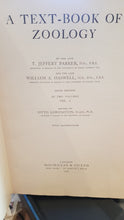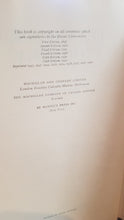
Used - Very Good.
Previous owner has declared ownership in thick marker pen in the front cover.
'PREFACE TO THE FIRST EDITION
In spite of its bulk, the present work is strictly adapted to the needs of the
beginner. The mode of treatment of the subject is such that no previous
knowledge of Zoology is assumed, and students of the first and second years
should have no more difficulty in following the accounts of the various groups
than is incidental to the first study of a complex and unfamiliar subject.
There can be little doubt that the study of Zoology is most profitably as
well as most pleasantly begun in the field and by the sea-shore, in the Zoological
Garden and the Aquarium. In a very real sense it is true that the best zoologist
is he who knows the most animals, and there can certainly be no better founda-
tion for a strict and scientific study of the subject than a familiarity with the
general appearance and habits of the common members of the principal animal
classes. But Zoology as a branch of academical study can hardly be pursued
on the broad lines of general natural history, and must be content to lose a
little in breadth of view—at least in its earlier stages—while insisting upon
accurate observation, comparison, and induction, within the limited field of
Laboratory and Museum work.
A not uncommon method of expounding the science of Zoology is to begin
the study of a given group by a definition, the very terms of which it is impossible
that the student should understand; then to take a general survey of the group,
illustrated by casual references to animals and to structures of which it is
highly unlikely he has ever heard; and, finally, to descend to a survey of the
more important forms included in the group. It will probably be generally
agreed that, from the teacher's point of view, this method begins at the wrong
end, and is hardly more rational than it would be to deliver a course on the
general characteristics of English Literature, suitably illustrated by elegant
extracts," to a class of students who had never read a single English poet or
essayist.
There can be no question as to the vast improvement effected in zoological
teaching by the practice of preceding the study of a given group as a whole by
the accurate examination of a suitable member of it. With the clear mental
image of a particular animal, in the totality of its organization, the comparison
of the parts and organs of other animals of like build becomes a profitable
study, and the danger of the comparative method-that the student may learn
a great deal of the systems of organs in a group without getting a clear con-
ception of a single animal belonging to it-is much diminished,
The method of " types" has, however, its own dangers. Students are, in...'









